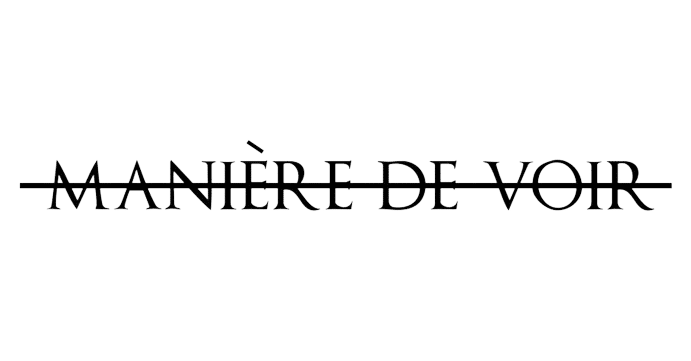Trusted inventory planning system for apparel and fashion brands
Get my demo
Keep your inventory on trend, even when fashions change
In the era of influencer culture, if your brand can’t keep up with fashion trends, it will quickly go out of style.
You need the power to switch up your inventory to meet rapidly-changing demand – or risk tying up your cash in items that are already out of fashion.
Inventory Planner intelligently predicts demand and offers buying recommendations you can count on, even when trends change overnight.
Features for apparel industry retailers
1
Fashion-focused demand forecasting
Our forecasting models reliably and accurately work for seasonal, non-seasonal, fast-fashion, slow-fashion, retail and wholesale products, so you always know the exact inventory you need to meet demand.
2
SKU-level inventory planning
Cut, size, color and fabric – Inventory Planner offers reliable purchasing recommendations at variant level, saving you hours on tedious, error-prone calculations.
3
Shorter purchasing cycle, healthier cash flow
Shorten your purchasing cycle while keeping stockout risk low (and releasing much-needed cash). Reduce your ideal ‘stock cover days’ on fast-supply items, while keeping some margin on items in short supply.
4
Buy new styles with confidence
Eliminate the guesswork of buying new products by ‘borrowing’ sales data from similar products. Get predicted demand and buying recommendations for every new variant, including size, color and pattern.
5
Plan your purchasing budgets
Plan your buying budgets with Inventory Planner’s market-leading Open-to-Buy (OTB) feature. Plan at the level that works for you – according to SKU, category or by your custom product tags. Factor in previous years’ revenue, expected margins or even the exact number of units to order based on retail price.
6
Optimize merchandising to boost sales
Easily identify your bestsellers, cash drainers and periodic trends with 200+ meaningful metrics. Integrate Google Analytics for combined marketing and inventory metrics and better merchandising.
7
Forecast for multiple inventory locations
Accurate forecasting with intelligent purchasing and warehouse transfer recommendations for all your locations including your brick and mortar stores, warehouses, FBA and 3PLs.
8
Optimize your shelf space and shipping
Factor your shelf space capacity in every warehouse into your buying recommendations. Scale your purchase orders to max out the space or weight available in containers, reducing the unit shipping cost of each item.
9
Manage all your suppliers in one place
Seamlessly manage your suppliers from one platform and scale orders to meet vendor requirements, including minimum order quantities, and more.
Get your customer demand forecasts and inventory buying recommendations
Instant interactive tour
Faq
Frequently Asked Questions
Easy integrations
Connect your platforms
in 1, 2, 3…
Seamlessly sync almost any data, from any source, to get customizable, reliable insights that are always up-to-date and all in one place.
Brightpearl
ERP
Sage
Accounting




